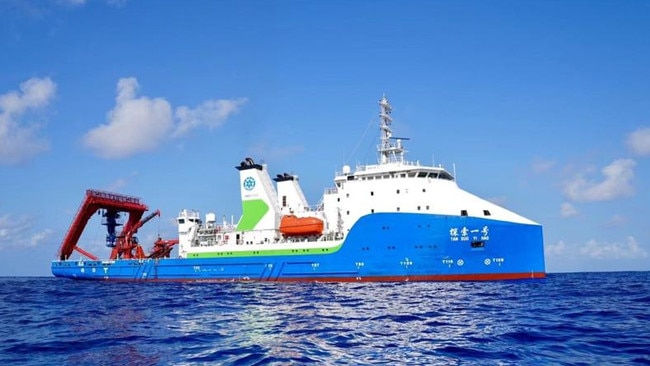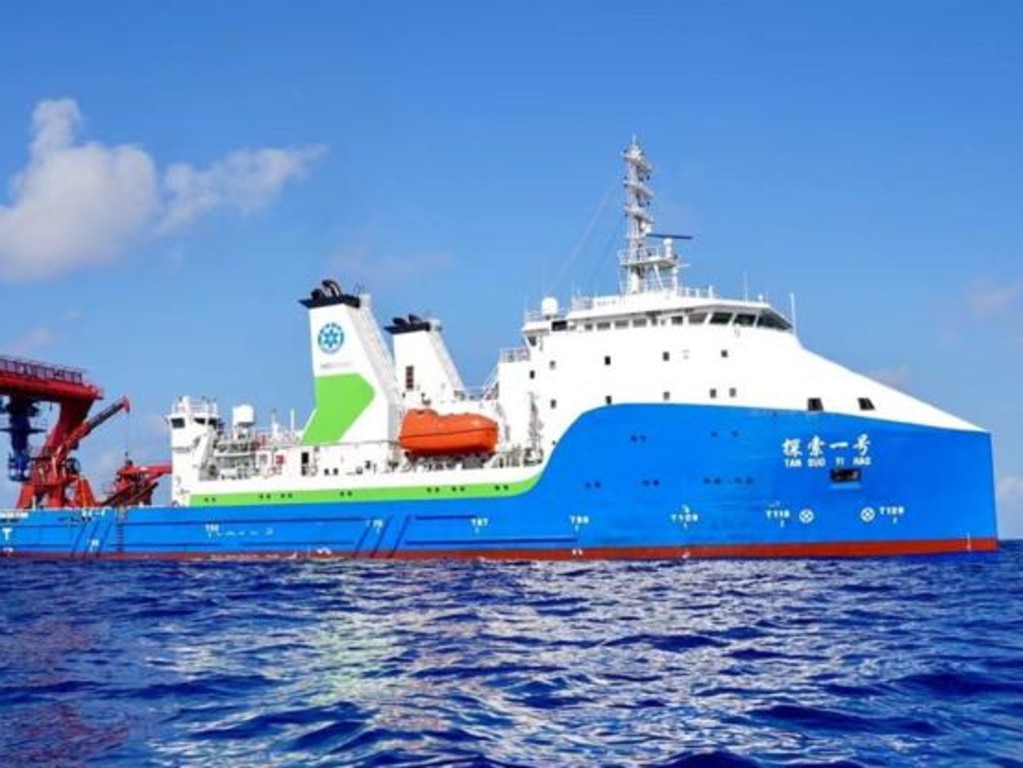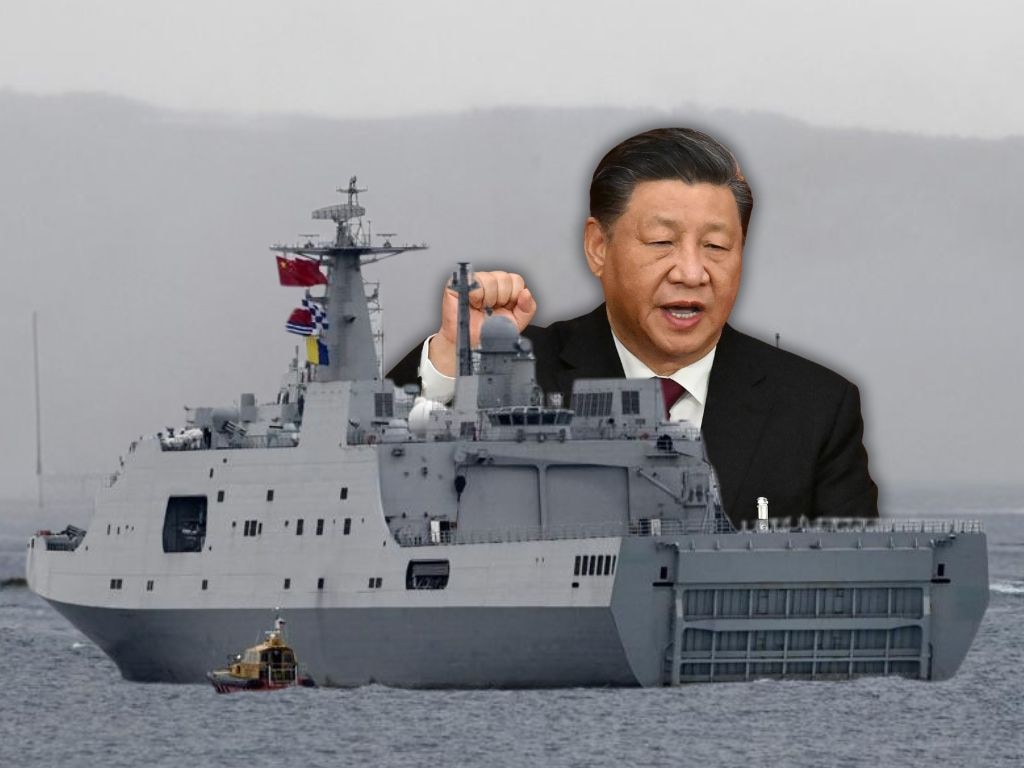
It’s time to give Anthony Albanese a basic geography lesson.
Every time the Chinese navy engages in aggressive military actions near the Australian coast, the Prime Minister absolves them of any hint they might be doing something untoward by saying Australia sometimes has ships in the South China Sea.
This week, in reaction to Chinese spy ship Tan Suo Yi Hao undertaking operations in Australia’s exclusive economic zone, Albanese remarked inter alia that Australia sometimes “has vessels in the South China Sea”.
On February 22, in response to a Chinese navy flotilla conducting live-fire exercises slap bang in the middle of the aviation route between Australia and New Zealand, which forced 49 aircraft to divert from their normal course, and doing this without adequate notice, the Prime Minister offered the same what-about-us excuse.
He said: “Given Australia has a presence in the South China Sea, its location is hinted at there by the title of the sea …”
Has he missed the entire regional strategic debate for the past 30 years? His staff should tell him Australia does not recognise Chinese sovereignty over the South China Sea. Most of the South China Sea is nowhere near China. That’s what the argument and Beijing’s famous nine dash lines have been about for 30 years.
An Australian navy ship in the South China Sea is not analogous to a Chinese vessel off the coast of Australia.
Sovereignty is not hinted at by the name of the body of water. Otherwise Australia would be offending Indian sovereignty every time it sailed into Perth, which is, after all, on the shores of the Indian Ocean.
The Chinese live-fire exercise in February was certainly too close to aviation routes. The Chinese spy ship has surely undertaken maritime research in Australia’s EEZ. It should have applied for permission from Australia six months in advance.
If the Chinese vessel wasn’t undertaking maritime research, what was it doing south of the Australian mainland? That’s not a direct route to anywhere else.
It was almost certainly identifying Australia’s submarine cables, the location of some of which is not publicly available.
No doubt it was tracking the best routes and relevant features for Chinese military submarines as well.
Albanese has become increasingly loose, undisciplined and imprecise in the way he talks about defence and national security. The key feature of the way he talks is vagueness and a failure to be across obvious detail – such as the status of the South China Sea, or confusion over whether it’s the Australian Defence Force or the Australian Border Force monitoring the Chinese spy ship.
On the ABC’s Insiders on Sunday, David Speers asked him whether Australia’s current defence budget, at 2 per cent of GDP, was adequate to defend Australia.
“Absolutely,” he replied, then blustered to make effective follow-up questions impossible.
Public attention has focused on the Trump administration suggesting Australia should devote 3 per cent of GDP to defence.
In fact, almost everyone the Albanese government has nominated to make authoritative recommendations to guide Australian defence policy has come to the same conclusion. Their views have nothing to do with Donald Trump.
When he won government, Albanese and Defence Minister Richard Marles commissioned Angus Houston, former chief of the ADF, along with former politician Stephen Smith, to conduct the Defence Strategic Review.
Late last year, Houston called for the defence budget to go to 3 per cent of GDP because the threats have worsened, and to prevent the money needed for AUKUS nuclear subs cannibalising the rest of the defence budget.
The chief author of the DSR, Peter Dean, from the US Studies Centre at Sydney University, recently made the same call.
Former defence minister Kim Beazley, who Albanese always supported in Labor leadership contests and wanted as Australia’s prime minister, similarly called on the Albanese government to go to 3 per cent of GDP.
So has Dennis Richardson, former head of the Defence Department and tapped by the Albanese government to conduct an inquiry into the Australian Submarine Agency.
Here’s the direct contradiction for Albanese. He told us explicitly and implicitly that Houston, Dean and the others are authoritative sources of defence policy advice. They’ve all concluded we must spend 3 per cent of GDP to acquire critically necessary military capability.
Without any explanation of why they’re all wrong, Albanese blithely ignores their unanimous view. If he won’t listen to them on defence, he could at least get a briefing from one of them on the South China Sea.





